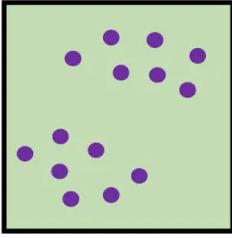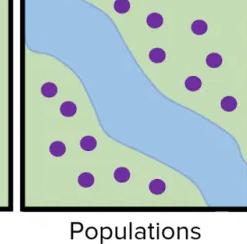Practice A4.1 Evolution and speciation with authentic IB Biology exam questions for both SL and HL students. This question bank mirrors Paper 1A, 1B, 2 structure, covering key topics like cell biology, genetics, and ecology. Get instant solutions, detailed explanations, and build exam confidence with questions in the style of IB examiners.
The forelimb of a whale, the wing of a bat, and the arm of a human all contain a similar bone arrangement but serve different functions. Which explanation best supports this observation?
The forelimbs of humans, cats, whales, and bats contain the same bones in different arrangements. What is this an example of?
A population of fish in a lake gradually splits into two groups that no longer interbreed. What must be true for this to be classified as a speciation event?
Pentadactyl limbs are found in a range of vertebrates, including whales and bats. Which statement best explains the evolutionary significance of this?
What happens to global species diversity during a speciation event?
The following table shows the base sequences of a gene from different species. Which species pair shows the greatest evolutionary divergence?
| Species | Base Sequence (Segment) |
|---|---|
| Species A | ATG GCA TCC TGA GCT |
| Species B | ATG GCA TCC TGA GCA |
| Species C | ATG GCC TCT TGA GCG |
| Species D | ATA TGA ACC TAA ACC |
Based on the series of panels, what is the most likely explanation for why organisms from opposite riverbanks are no longer able to interbreed by the final stage?

2 populations of the same species.

separated by a physical barrier.

adapt to new environments.

New species formed.
DNA sequencing reveals a 98.8% similarity in gene sequences between humans and chimpanzees. What does this high similarity provide evidence for?
The table below shows amino acid differences in a protein between humans and several other species.
| Species | Amino Acid Differences from Human |
|---|---|
| Chimpanzee | 1 |
| Gorilla | 2 |
| Mouse | 15 |
| Chicken | 25 |
Which conclusion is best supported by this data?
Why is gradual evolutionary change in a population not considered speciation?